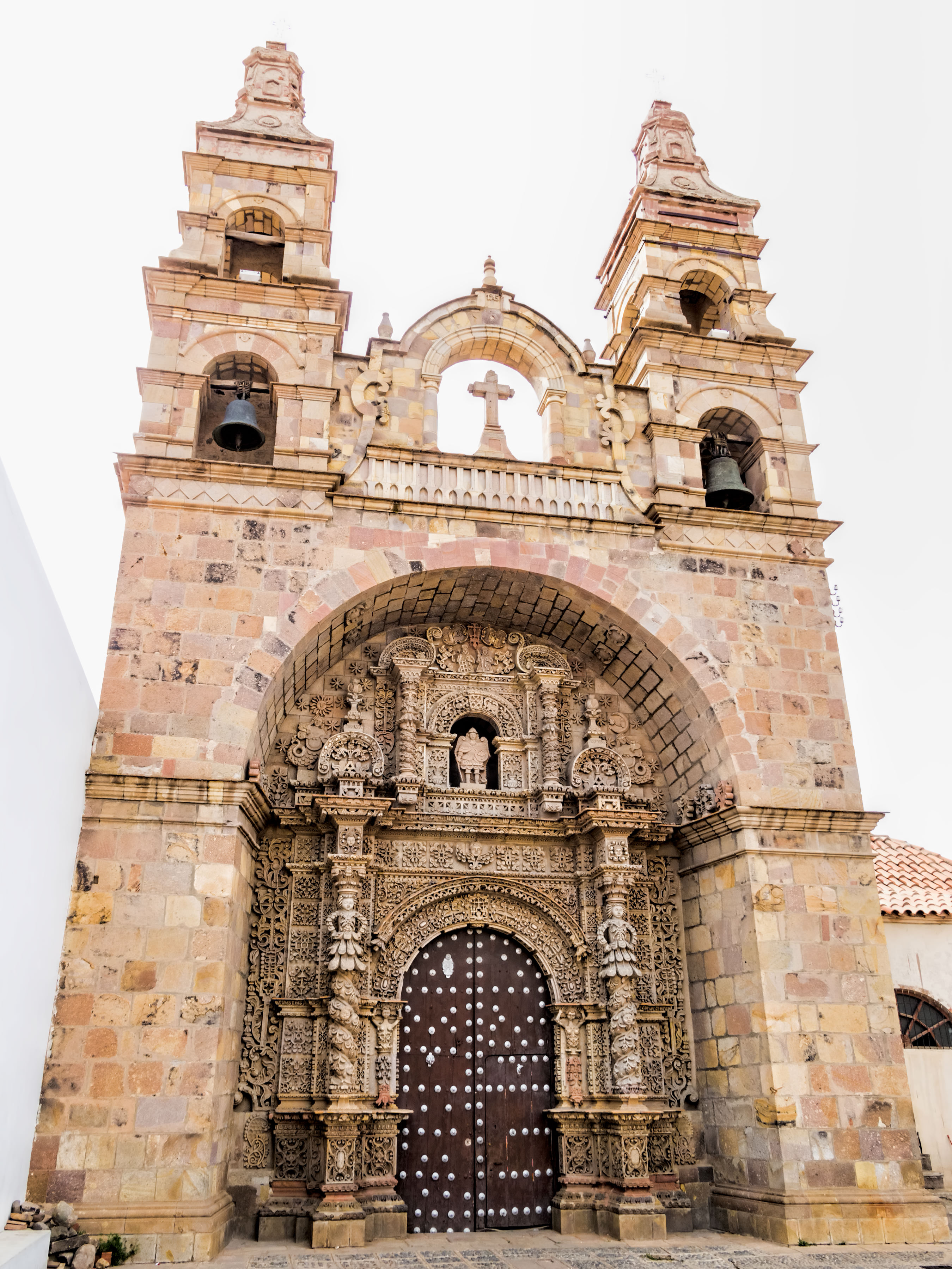Church Of San Lorenzo De Carangas on:
[Wikipedia]
[Google]
[Amazon]
 Church of San Lorenzo de Carangas is a church located in the city of
Church of San Lorenzo de Carangas is a church located in the city of
File:Across South America; an account of a journey from Buenos Aires to Lima by way of Potosí, with notes on Brazil, Argentina, Bolivia, Chile, and Peru (1911) (14774560871).jpg, City of Potosí and the Church of San Lorenzo de Carangas at background, photo of 1911 by U.S. Senator
 Church of San Lorenzo de Carangas is a church located in the city of
Church of San Lorenzo de Carangas is a church located in the city of Potosí
Potosí, known as Villa Imperial de Potosí in the colonial period, is the capital city and a municipality of the Department of Potosí in Bolivia. It is one of the highest cities in the world at a nominal . For centuries, it was the location o ...
in the department of the same name, in Bolivia
, image_flag = Bandera de Bolivia (Estado).svg
, flag_alt = Horizontal tricolor (red, yellow, and green from top to bottom) with the coat of arms of Bolivia in the center
, flag_alt2 = 7 × 7 square p ...
. According to historians, it was formerly called "La Anunciación" and, together with the Church of Santa Bárbara, they were the first churches built in the city. The construction of San Lorenzo "La Anunciación" began in 1548, but a heavy snowfall collapsed the church ten years later, so it had to be repaired. Upon the arrival of Viceroy Francisco de Toledo
Francisco Álvarez de Toledo ( Oropesa, 10 July 1515 – Escalona, 21 April 1582), also known as ''The Viceroyal Solon'', was an aristocrat and soldier of the Kingdom of Spain and the fifth Viceroy of Peru. Often regarded as the "best of Peru ...
, its name was changed to San Lorenzo de Carangas, as it was destined for the cult of the Carangas indigenous people. When the current cathedral was built, it became an Indian parish.
However, the greatest remodeling corresponds to the 18th century and completed in 1744, a time when the dome was raised and the Andean Baroque
Andean Baroque (Spanish: ''Barroco andino'' or ''arquitectura mestiza'') is an artistic movement that appeared in colonial Peru between 1680 and 1780. It is located geographically between Arequipa and Lake Titicaca in what is now Peru, where rule ...
portal of vast ornamental richness was made.
An embroidered effect was achieved through the use of diagonal cuts is low relief. Widely flora and fauna, including viscacha
Viscacha or vizcacha (, ) are rodents of two genera (''Lagidium'' and ''Lagostomus'') in the family Chinchillidae. They are native to South America and convergently resemble rabbits.
The five extant species of viscacha are:
*The plains visca ...
, vicuña
The vicuña (''Lama vicugna'') or vicuna (both , very rarely spelled ''vicugna'', its former genus name) is one of the two wild South American camelids, which live in the high alpine areas of the Andes, the other being the guanaco, which live ...
, heads of puma, sun disks, angel
In various theistic religious traditions an angel is a supernatural spiritual being who serves God.
Abrahamic religions often depict angels as benevolent celestial intermediaries between God (or Heaven) and humanity. Other roles include ...
s faces, mermaid
In folklore, a mermaid is an aquatic creature with the head and upper body of a female human and the tail of a fish. Mermaids appear in the folklore of many cultures worldwide, including Europe, Asia, and Africa.
Mermaids are sometimes asso ...
s who strum guitars, maize, (etc.) are fantastic references to the Incan past mixed with Spanish culture, are carvings of this colonial church.
Church of San Lorenzo de Carangas is widely considered the ultimate in paniform design.
It is part of the UNESCO
The United Nations Educational, Scientific and Cultural Organization is a specialized agency of the United Nations (UN) aimed at promoting world peace and security through international cooperation in education, arts, sciences and culture. It ...
World Heritage Site
A World Heritage Site is a landmark or area with legal protection by an international convention administered by the United Nations Educational, Scientific and Cultural Organization (UNESCO). World Heritage Sites are designated by UNESCO for h ...
"City of Potosí".
Gallery
Hiram Bingham III
Hiram Bingham III (November 19, 1875 – June 6, 1956) was an American academic, explorer and politician. He made public the existence of the Inca Empire, Inca citadel of Machu Picchu in 1911 with the guidance of local indigenous farmers. Late ...
.
File:Ornamentación de la portada, Iglesia San Lorenzo de Carangas, Potosí, Bolivia - panoramio.jpg, An ornate of the portal
References
External links
{{coord, -19.58648, -65.75486, format=dms, type:landmark_region:BO, display=title Buildings and structures in Potosí Roman Catholic churches completed in 1744 Andean Baroque architecture Baroque church buildings in Bolivia